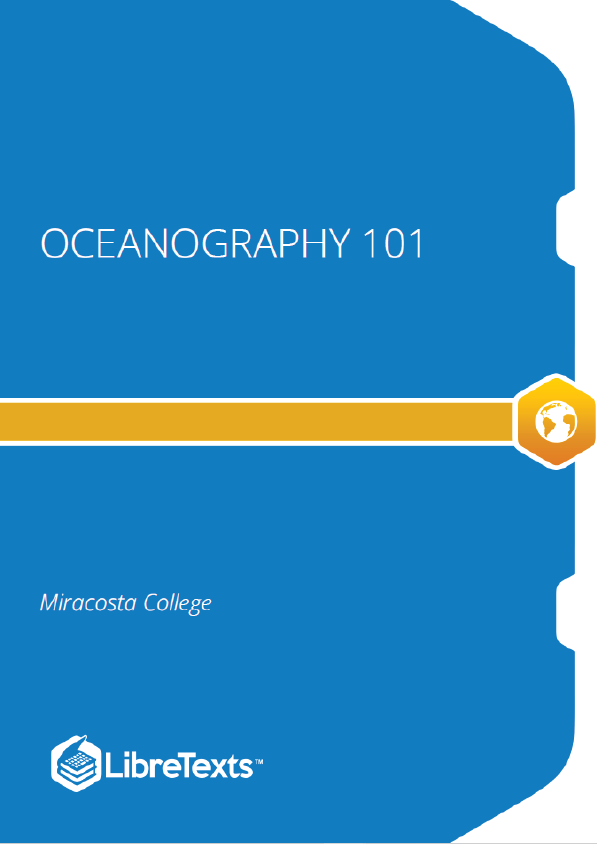What is oceanography?
Oceanography includes the branches of science that deal with the physical and biological properties, and observable phenomena of the world oceans and seas. This oceanography course covers many aspects associated with other disciplines including physical geography, geology (including earth history and astronomy), chemistry, meteorology, biology and ecology. Perhaps most important, human interactions, include general history, exploration, exploitation, and some of the many environmental factors affecting our modern global civilization.
Many states and cities also have agencies that employ marine scientists. Scientists are involved in all aspects of management of water resources, coastal and marine wildlife resources and fisheries. They conduct natural hazard investigations. They work for organizations involved with with offshore energy extraction and with shipping and port management. Many teachers in public schools and colleges have degrees in marine sciences! For instance, in California, many marine scientists are employed are employed by the CA Department of Conservation, and are employed by the branches of the University of California marine research programs.
The World Oceans: Basic Geography Facts
- Oceans cover 71% of Earth’s surface.
- Oceans are interconnected (meaning that all water circulates through one world ocean).
- Oceans have huge size and volume (97% of Earth’s water).
The four principal oceans:
- Pacific (largest and deepest), Atlantic, Indian, Arctic (smallest and shallowest)
- Plus one: Southern Ocean (or Antarctic Ocean) – extension of oceans around Antarctica below 60° South latitude
Seas are:
- Smaller than true oceans
- Composed of salty water of varying salinity
- Partially or fully enclosed by land. For example the Yellow Sea is connected to the Pacific Ocean and the Red Sea to the Indian Ocean, whereas the Salton Sea and Caspian Sea are fully landlocked.
Selected seas (discussed in this course) include: Mediterranean Sea, Adriatic Sea, Black Sea, South China Sea, Red Sea, Dead Sea, Persian Gulf, Caspian Sea, North Sea, Caribbean Sea, Bering Sea, and Sargasso Sea. Note there are many other “seas!” In addition, around North America are large oceanic embayments including the Gulf of California, Gulf of Alaska, Gulf of Mexico, and Hudson Bay.
Essential Science Review Concepts for Oceanography
The following sections provide a brief overview of important concepts that are important to discussions in all subsequent chapters. These discussions are a mix of essential concepts provided in introductory courses in physical science, chemistry, biology, physics, and earth science.











